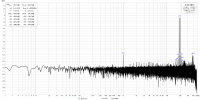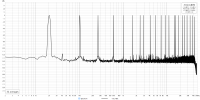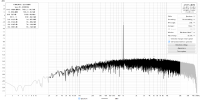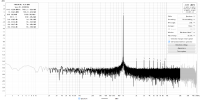Oh i see what you mean! Changing TV volume makes no difference, sadly. I thought optical was fixed output.I mean if the volume is at 10% on the TV and the optical output take it in account, you got a weak volume signal entering the DAC.
*edit* appears I was wrong. Found a setting on the tv for changing digital output volume and it's as loud as I'll ever need now.
Thanks for steering me in the right direction, @renaudrenaud
Last edited:






